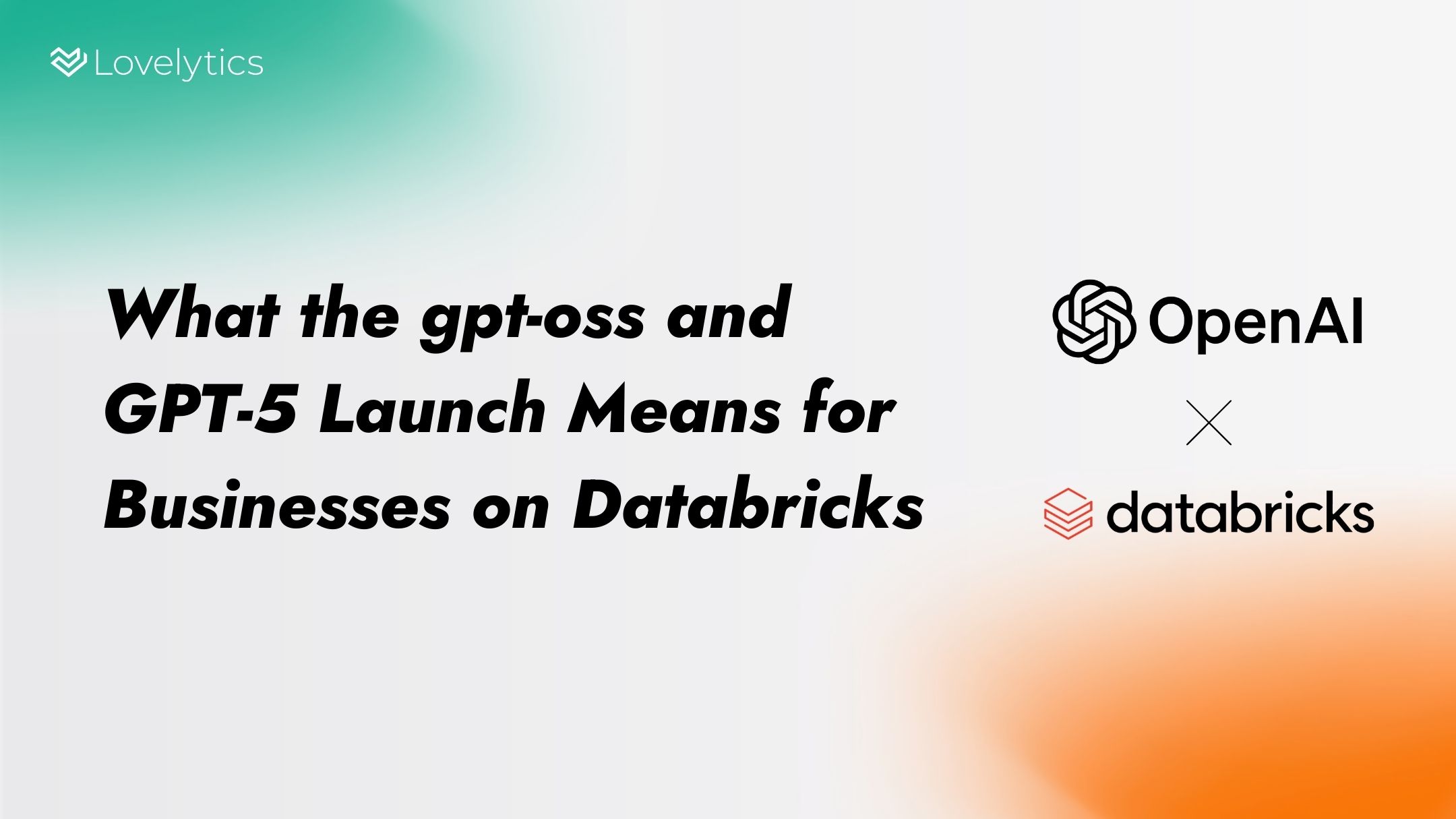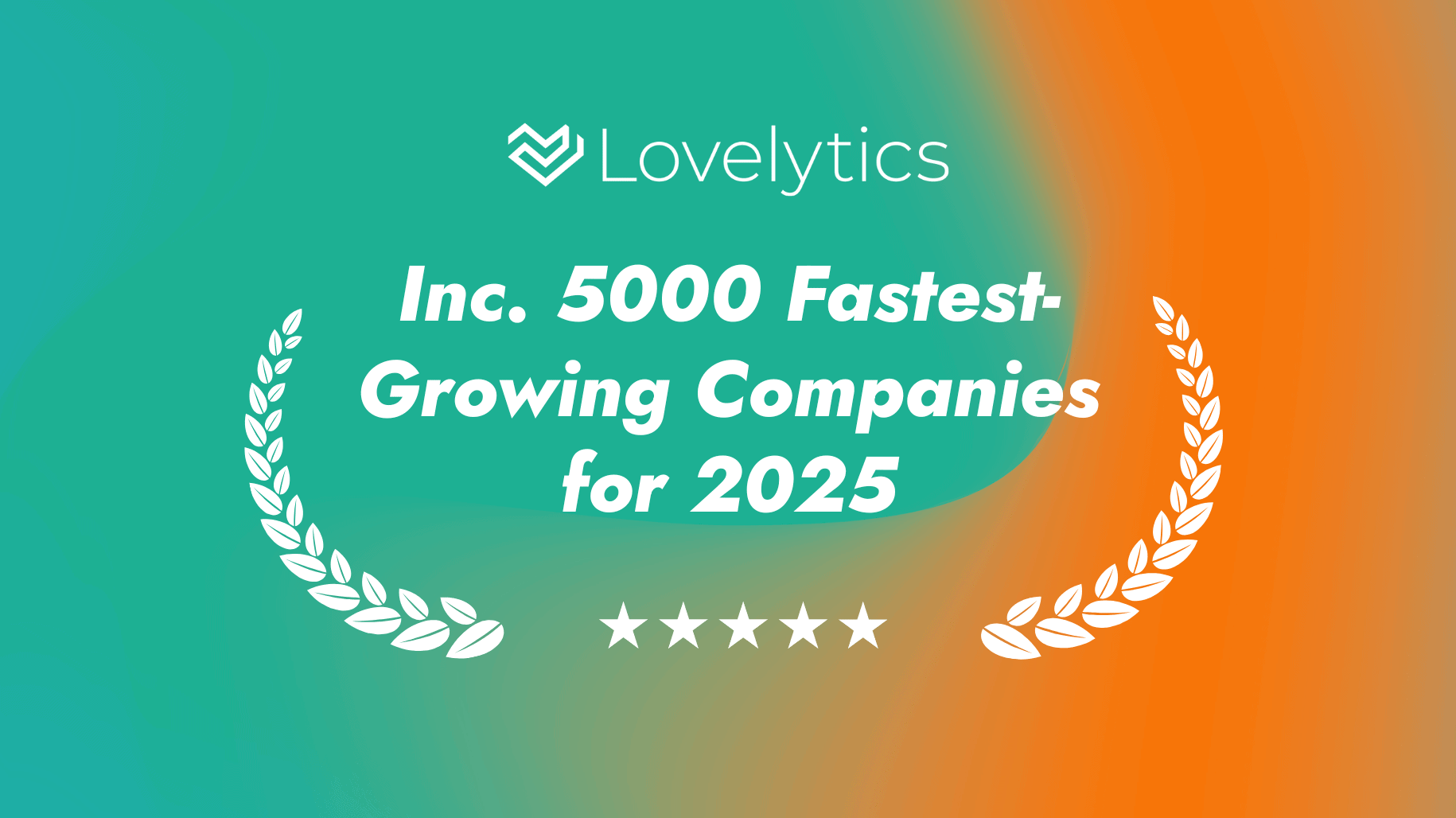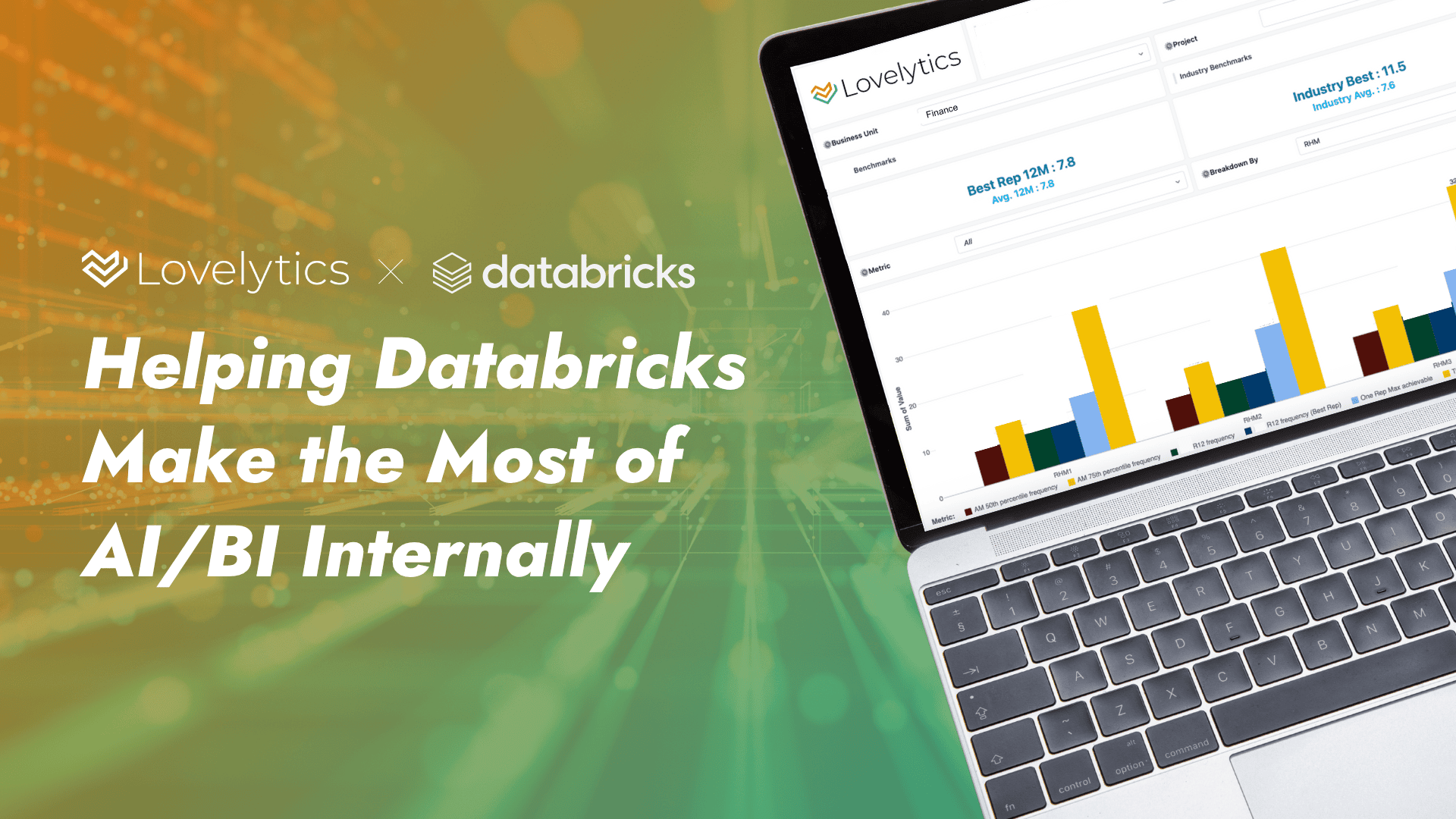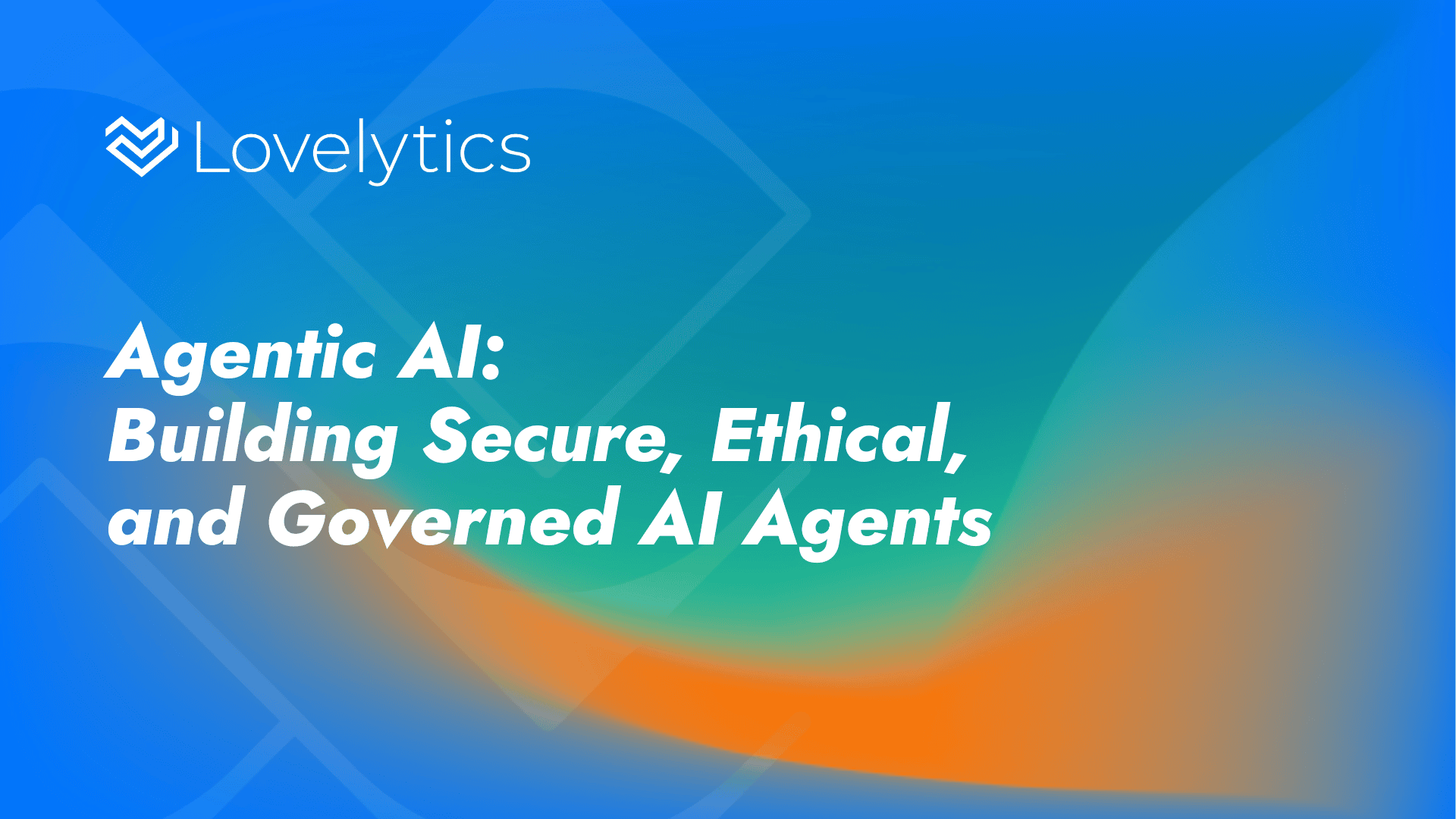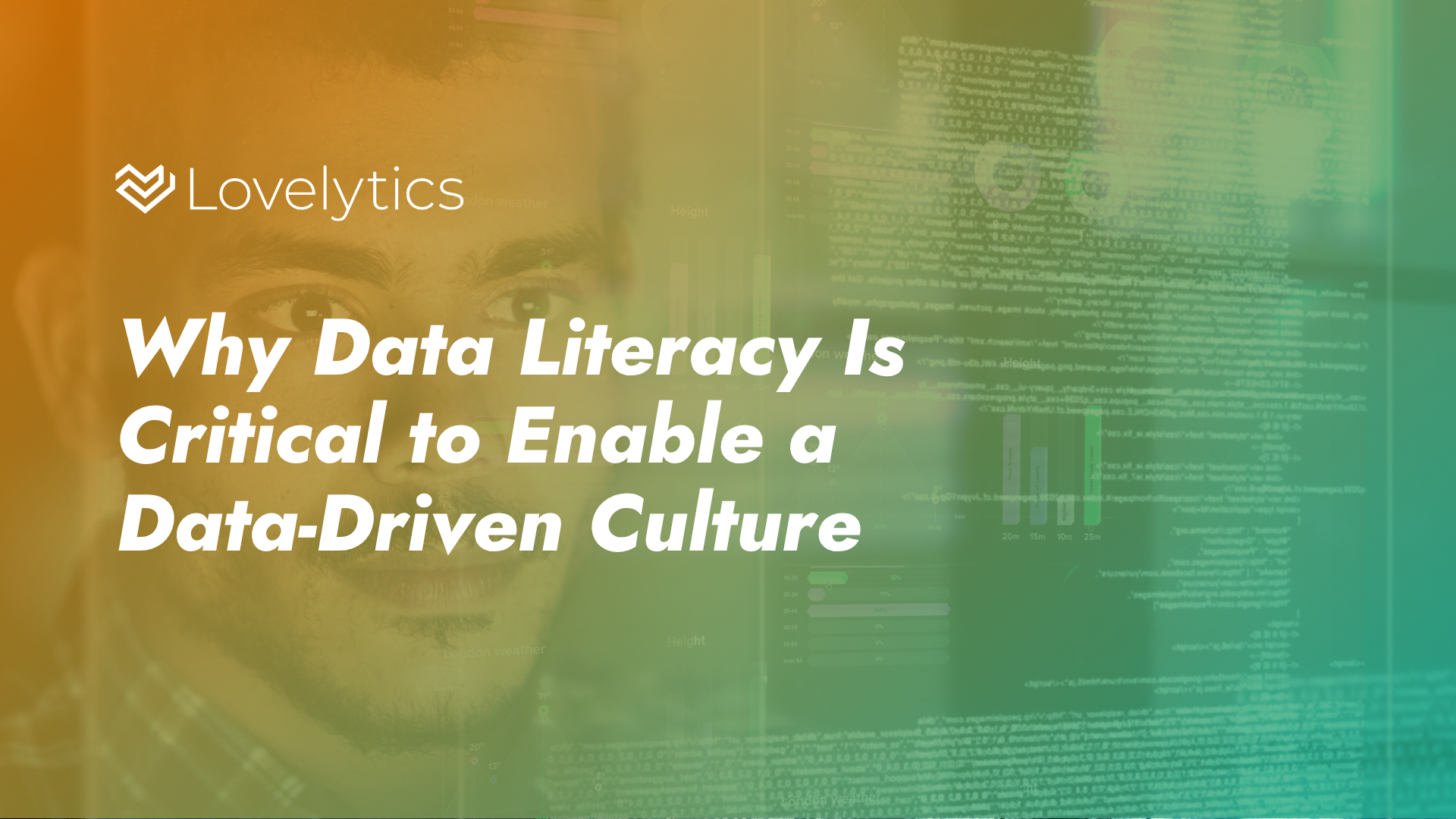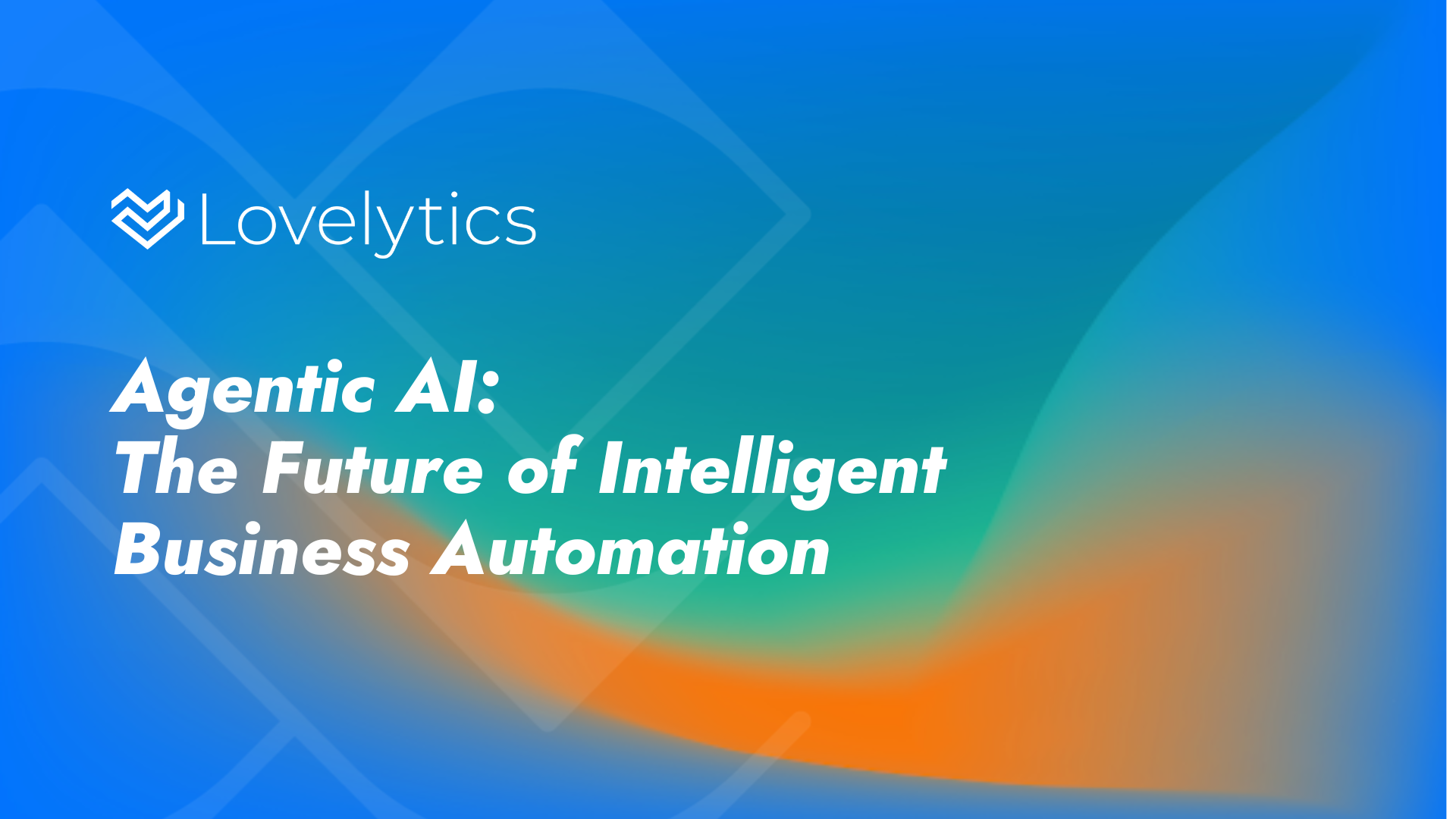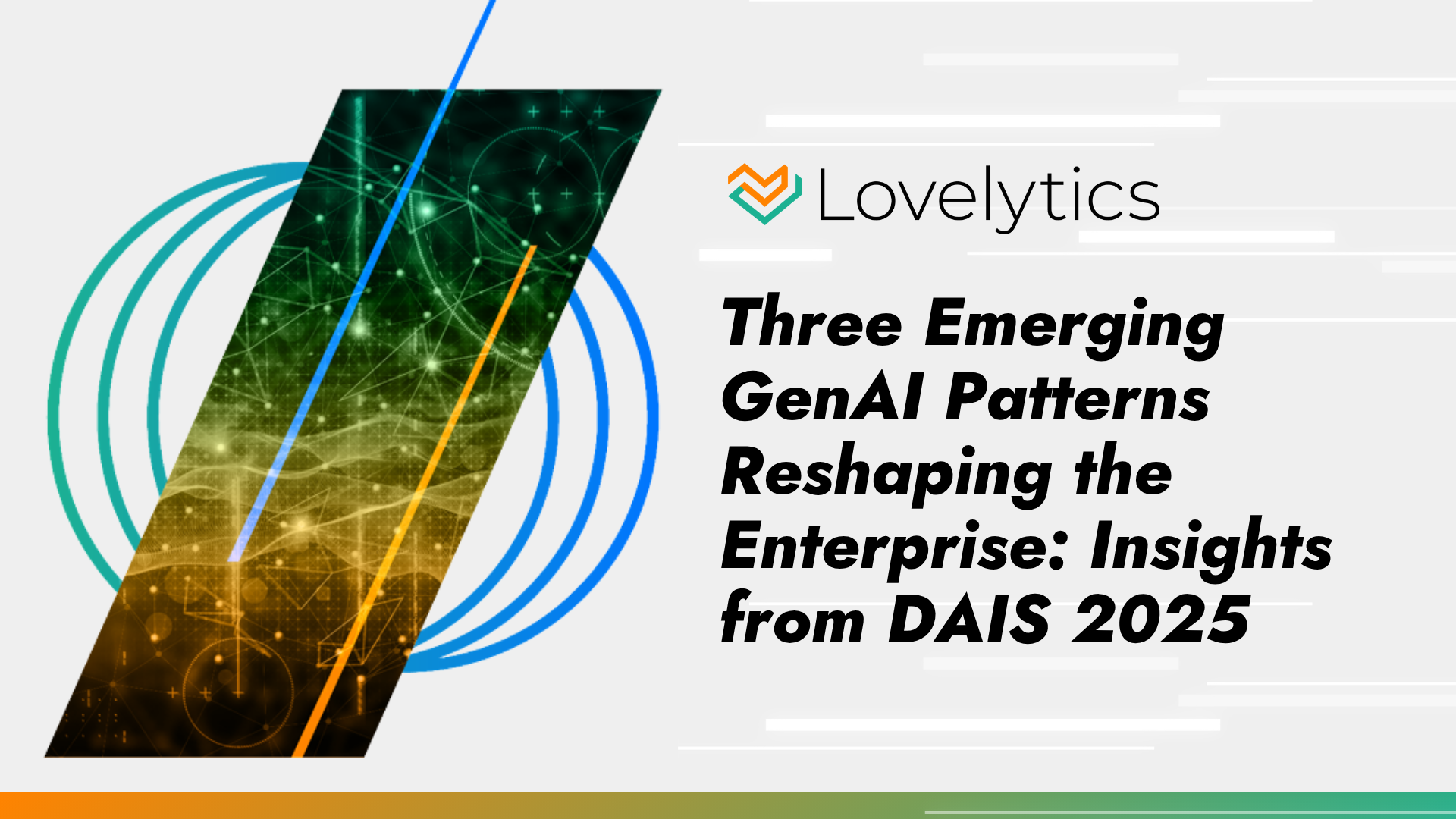The AI landscape is advancing rapidly, with breakthroughs unlocking new possibilities for businesses every day. OpenAI’s recent release of the gpt-oss and GPT-5 models marks a significant step forward in generative AI. This blog explores what these models bring, why they matter, how Databricks supports their integration, and how Lovelytics helps clients unlock their full potential.
What is the gpt-oss and GPT-5 Release?
gpt-oss Models
OpenAI’s gpt-oss models—gpt-oss-120b and gpt-oss-20b—are open-weight language models designed for efficient reasoning and optimized deployment on accessible hardware, with a 128k context window for long documents and RAG.
- gpt-oss-120b: 117 billion parameters, near parity with OpenAI’s o4-mini on reasoning benchmarks, capable of running on a single 80 GB GPU for complex tasks.
- gpt-oss-20b: 21 billion parameters, performance comparable to OpenAI’s o3-mini, suitable for edge devices with 16 GB memory, ideal for local inference.
Both models support chain-of-thought reasoning, structured outputs, and are compatible with OpenAI’s Responses API. Available under Apache 2.0 license, they promote transparency and customization.
GPT-5 Model
GPT-5 is OpenAI’s most advanced AI system, excelling across coding, math, writing, health, and visual perception.
At its core, GPT-5 is not a single monolithic model but a unified AI system designed to adaptively handle a wide range of tasks with varying complexity. It consists of three key components:
- A fast, efficient base model (referred to as gpt-5-main or its mini variant): This handles the majority of everyday queries, providing quick responses for simple questions, conversations, and tasks. It’s optimized for speed and cost-efficiency, succeeding models like GPT-4o.
- A deeper reasoning model (gpt-5-thinking, with mini and nano variants): This is engaged for more challenging problems requiring extended logical thinking, such as complex coding, math, scientific analysis, or multi-step planning. It uses additional compute resources (like parallel test-time compute in “pro” mode) to simulate step-by-step reasoning, reducing errors and improving accuracy on benchmarks like GPQA or SWE-bench.
- A real-time router: This is an intelligent selector trained on user interaction data (e.g., model switches, preference rates, and correctness metrics) that dynamically chooses between the base and reasoning models based on factors like query complexity, tool usage needs, conversation type, and explicit user hints (e.g., prompting to “think hard”). The router improves over time through ongoing training, making the system more seamless.
This setup allows GPT-5 to deliver “expert-level intelligence” across domains like coding (e.g., fixing bugs in large codebases or generating multi-file implementations), writing, health advice, visual perception, and agentic tasks (e.g., chaining tools for automation). It also incorporates multimodal capabilities for handling images and text together, reduced hallucinations by up to 80% compared to predecessors, better instruction-following, and new features like customizable personalities, a verbosity parameter for controlling response length, and custom tools constrained by grammars for developers.
For more information, you can review the details on the official OpenAI gpt-oss and GPT-5 webpages.
Why gpt-oss and GPT-5 Matter to Your Business?
gpt-oss and GPT-5 accelerate innovation by enabling faster development of intelligent applications with advanced reasoning, coding, and multimodal capabilities. gpt-oss’s flexible deployment on accessible hardware lowers infrastructure costs while delivering quick inference and a strong cost-to-performance ratio.
A significant advantage of gpt-oss is the ability to fine-tune models to your domain and use case, enhancing relevance and accuracy where general-purpose models fall short.
GPT-5’s advanced reasoning and multimodal capabilities enhance business processes and automation, enabling analysis of diverse data types and providing more reliable outputs—key for industries demanding high accuracy.
The tight integration of these models with Databricks ensures streamlined workflows, easier adoption, and faster time-to-value. Open licensing and API enhancements empower developers to build customized AI solutions aligned with evolving business needs, helping future-proof your AI strategy.
How Is Databricks Supporting These Models?
Databricks partners with OpenAI to offer gpt-oss models natively on its platform, enabling seamless access within existing workspaces. Clients can start using gpt-oss models right away in the Databricks Playground with the Foundation Model API, just like with other supported models. Per the Databricks documentation, gpt-oss joins the growing set of frontier models on Databricks, enabling clients to build domain-specific custom AI agents using the best model for the use case while securely leveraging your data with full governance and observability.
Few scenarios where gpt-oss models could be ideal are:
- Fast Agents: Low-latency responses powered by Mixture of Experts architecture, ideal for real-time search, chatbots, and decisioning.
- Massive Data Analysis: Efficiently summarize and classify millions of documents by running models alongside your data and tooling.
- Model Customization: Fine-tune open weights for domain-specific accuracy.
- Enterprise Compliance: Deploy in HIPAA- and PCI-compliant environments governed by Unity Catalog.
For GPT-5, Databricks leverages AI Gateway’s native support for external models, eliminating custom integrations. Teams can create model endpoints via OpenAI or Azure OpenAI providers, manage keys securely with Databricks Secrets, and easily switch between providers through a unified interface.
AI Gateway ensures GPT-5 runs securely, governed, and observably within Databricks, production ready from day one.
This integration accelerates scalable, secure, and cost-effective GenAI innovations, empowering data teams to unlock new business value rapidly.
For reference, please refer to official Databricks announcements for gpt-oss and GPT-5.
Lovelytics’ Perspective and Strategy
Our goal is to push the envelope—leveraging cutting-edge innovation from frontier AI labs and Databricks—to solve complex, high-impact use cases for our clients. Recognizing that foundation models evolve rapidly, we focus on helping clients adopt these advancements quickly and strategically, always starting with clear business objectives.
The GenAI team at Lovelytics follows a proven 10-step Evaluation-led GenAI Development framework, pioneered by us. This methodical approach enables clients to harness the latest foundation models effectively while balancing cost and performance trade-offs.
To accelerate adoption, we use optimization tools like DSPy alongside automated evaluation and metrics tracking with MLflow 3.0 and Mosaic AI. This modular design separates the large language model layer from the optimization and evaluation layers, giving clients the flexibility to adopt or swap models without disrupting business outcomes.
This adaptability minimizes risk, shortens time-to-value, and ensures our clients maintain a competitive edge in a rapidly evolving AI landscape.
Conclusion
OpenAI’s gpt-oss and GPT-5 models redefine the boundaries of generative AI. Together with Databricks’ robust platform and Lovelytics’ proven methodology, organizations can accelerate innovation, enhance decision-making, and unlock significant business value.
Lovelytics is committed to guiding clients through this evolving landscape, ensuring AI initiatives align with business goals and deliver lasting impact.
Connect with us to explore how these technologies and Databricks can transform your AI capabilities and empower your future growth.
Attribution and References
This blog draws upon official information and announcements from OpenAI and Databricks, including:
- OpenAI’s gpt-oss introduction
- OpenAI’s GPT-5 announcement
- Databricks gpt-oss announcement
- Databricks GPT-5 announcement
We acknowledge the contributions of the OpenAI and Databricks teams whose work enables these advancements.

